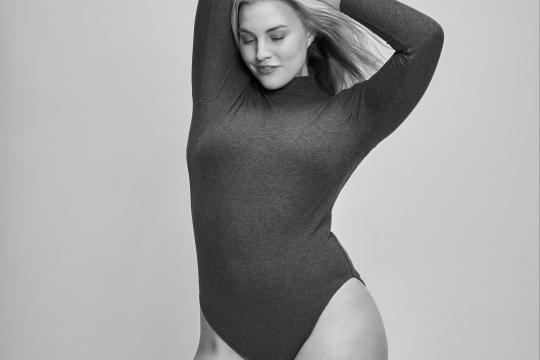How is a tummy tuck performed?
A tummy tuck is typically an outpatient procedure. There are several different tummy tuck techniques, with varying levels of fat and skin removal.
During a tummy tuck, your surgeon will remove your loose abdominal skin and tighten your abdominal muscles with sutures. Below are the general steps; however, you should speak with your aesthetic plastic surgeon about what may be unique to you.
- Your surgeon starts by marking your abdomen to indicate the location of the incisions, the center of your torso and the location of the repositioned navel.
- Your surgeon will inject a local anesthetic and a vasoconstrictor that controls bleeding by constricting blood vessels (epinephrine).
- Your surgeon makes the primary tummy tuck incision above the pubic mound, from one hipbone to the other. In a full abdominoplasty, your surgeon makes another incision around your navel. In a mini-tummy tuck, your surgeon will make a shorter incision.
- During the muscle repair portion of the surgery, the surgeon loosens the skin from your abdominal wall to your ribcage and then places sutures in the band of connective tissue (fascia) in your abdominal muscles and pulls them into a tighter position.
- After your surgeon sutures your abdominal muscles, they remove excess fat using liposuction or other methods. Your surgeon then stretches your abdominal skin down over your incision line and removes the excess skin.
- Next, your surgeon marks the placement of your navel. Although the skin around your navel has moved, the navel almost always stays in the same place. Your surgeon cuts a hole through the redraped skin and sutures it around your navel.
- Your surgeon will use tissue glue, sutures, staples, or Steri-Strips to close the incisions.
- In a full abdominoplasty, the surgeon will often insert one or more drains to prevent fluid buildup, causing pressure on the incision. The surgeon makes a very short incision below the main incision and inserts the drain (a clear plastic tube) which leads out of the body to a small oval-shaped bulb. Each time you empty a bulb and before you close it again, you will be asked to squeeze it to help drain the wound.
What are my tummy tuck options?
There are several different types of tummy tucks. The type of tummy tuck you receive will depend on the amount of excess skin and fat you have and your desired results. Consult with your board-certified aesthetic plastic surgeon to determine the best option for you.
Full Tummy Tuck (Full Abdominoplasty)
In addition to the incision across the lower abdomen, a traditional tummy tuck involves an incision around the navel. Your surgeon removes excess skin, tightens muscles, and may use liposuction to contour the abdomen. With this surgery, your surgeon removes skin from above the navel down to the pubic area that has been compromised by pregnancies, genetic laxity, or obesity.
Mini Tummy Tuck (Mini Abdominoplasty)
Your surgeon makes a single incision in the pubic area, which will be as low as possible and range from a few inches to the entire span of your abdomen. Through this incision, your surgeon will remove excess skin, tighten slack muscles, and possibly use liposuction to further refine the area. The ideal candidate for a mini-tummy tuck has laxity and protrusion below the navel. A mini-tummy tuck is usually recommended for those who have always been in fairly good shape but cannot achieve their aesthetic goals with diet and exercise.
Extended Tummy Tuck (High Lateral Tension Abdominoplasty)
If you have excess skin in the love handles or hips, your surgeon can make a longer incision to address this problem. The high lateral tension tummy tuck is one of the first procedures developed to address skin excess after significant weight loss or pregnancy, and it uses a layer in the deeper tissue to support and maintain the repair. For this procedure, the surgeon does a tummy tuck in the front of the abdomen and then transfers the lift over the hip to the side of the thigh to improve your contours in this area. You can simulate the effect by grabbing the skin on the sides of your waist and pulling up as if you’re putting on a pair of pants.



